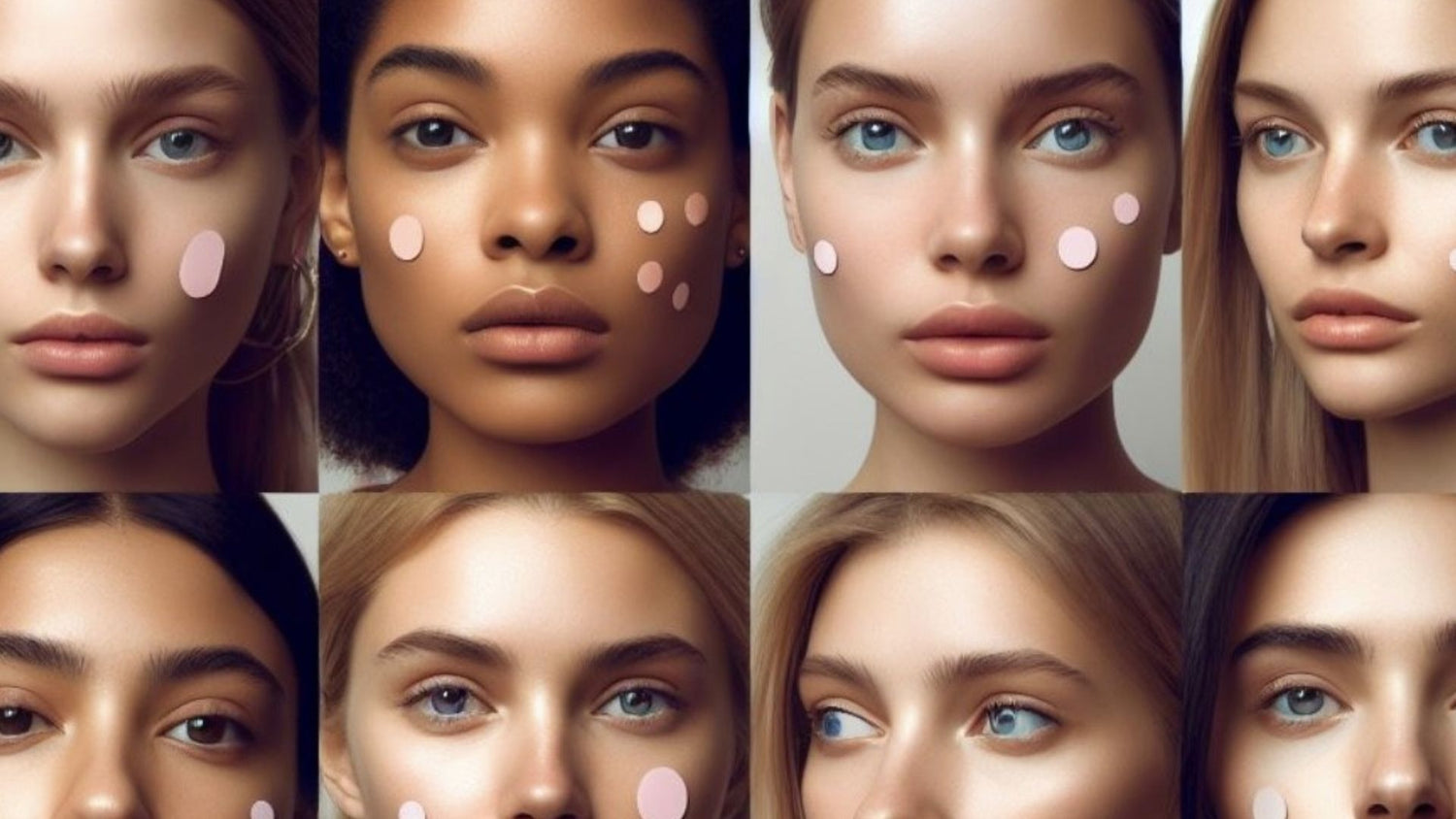Photo Courtesy of Skincare-news.com
With the amount of hair products we buy — including all of those intense deep conditioning treatments, volumizing shampoos and leave-ins to de-frizz our hair — the last thing on our minds is the chance of possible hair loss! Lose our hair? But we take such good care of it! Hair loss doesn’t just affect women, but men too — who usually face the unthinkable dilemma: the receding hairline. Women, on the other hand, may experience thinning of their hair, which may be a hereditary trait. But, did you know that hair loss can be treatable? And if you are experiencing any hair loss at all the best person to see is your dermatologist. Read on to learn what causes hair loss, the different types of hair loss and some procedures that can treat it from the American Academy of Dermatology.
What Causes Hair Loss?
Although hair loss is hereditary, there may be other reasons to why your hair is either falling out or thinning: illness, diet, medicine, certain haircare procedures and even childbirth can all lead to hair loss. Hereditary thinning of the hair (also called androgenetic alopecia) affects almost eighty million people in the United States alone. Women experiencing hair loss may not have a receding hairline like most men do, but the first sign of thinning hair will be a widening part, or, even worse, some bald patches.
Some other hair disorders include Alopecia areata, an autoimmune disease that attacks the hair causing it to fall out; Cicatricial (scarring) alopecia, destroys a person’s hair follicles. Scar tissue forms where the follicles once were, so the hair cannot regrow. Treatment tries to stop the inflammation, which destroys the hair follicles and Central centrifugal cicatricial (scarring) alopecia, a type of hair loss that is mostly seen in African American women, with hair loss starting from the center of the scalp and working itself outward.
Diseases such as underlying medical conditions (including thyroid disease), illness such as infections, cancer treatments, ringworm in the scalp and Trichotillomania (a disorder that causes people to pull their hair out) are all causes of hair loss as well. Hormones and stress are also factors for hair loss in women: giving birth and menopause can cause temporary hair loss with the chance for the hair to regrow. Dieting and poor nutrition also play a part. Certain vitamins that are important for healthy hair include iron, along with the proper intake of protein-enriched foods; too much vitamin A may cause hair loss though eating disorders and severe weight loss play a part too. It is important when styling your hair to make sure the stylers (such as curlers and straighteners) are not too hot since they boil the water in the hair shaft leaving the hair brittle and prone to breakage. Dermatologists advise letting the hair air dry to avoid these types of effects.
Treatments/Procedures To Treat Hair Loss
If hair loss has already been affecting you, there are some measures to take in order to help treat the hair loss and for a chance to regrow the hair. Dermatologists can also treat hair loss using laser treatments, prescriptions and topical medicine applied to the scalp. Some procedures to treat hair loss are hair transplants, skin on the scalp that has good hair growth is removed and transplanted to an areas of the scalp that needs hair; scalp reductions, the bald scalp is surgically removed and the hair-bearing scalp is brought closer together to reduce balding; scalp expansions, devices are inserted under the scalp for about 3 to 4 weeks to stretch the skin. This procedure may be performed before a scalp reduction to make the scalp more lax or simply to stretch hair-bearing areas, which reduces balding and scalp flaps — involves a hair-bearing section of the scalp to be moved to an area where hair is needed. With these procedures, you may see natural hair re-growth six to eight months after treatment. The goal of most of these treatments is to see significant results just after one session, with the results lasting for the rest of the patient’s lifetime (sometimes a follow-up session may be needed).
Tips To Prevent Hair Loss
The best way to prevent any type of hair loss is to take care of your hair now with some simple reminders. It is important to remember not to vigorously towel-dry and comb your hair when it is wet — wet hair is more elastic and prone to breakage; once you have put in hair products that are meant to keep the hold of the style do not put a comb through it; wearing your hair in tight styles like braids or ponytails can also damage your hair; make sure to never skip conditioner and when you are coming out of the water (whether it is the beach or the swimming pool) make sure to wet your hair first, so the salt water or chlorine doesn’t soak into your tresses. So, remember: Hair loss can affect anyone, so if you are experiencing any signs of hair loss, make sure to go see your dermatologist — and do the very best you can to prevent any damage along the way.
So, what do you ladies think about hair loss? Are any of you taking preventative measures to save your tresses? Which products do you use to help keep your hair healthy? Let us know by commenting below, which will automatically be posted to our Community Forum (click here to check it out!) where you can find other beauty related discussions! Don’t forget to also submit a photo to our Photo Of The Day (click here!) feature, where a new photo will be picked daily. Your photo just might be selected, so get going!
– Theresa Romano
For more giveaways and contests, sign up for our newsletter HERE.
If you like this post, share it with your friends and give it a LIKE on Facebook.





